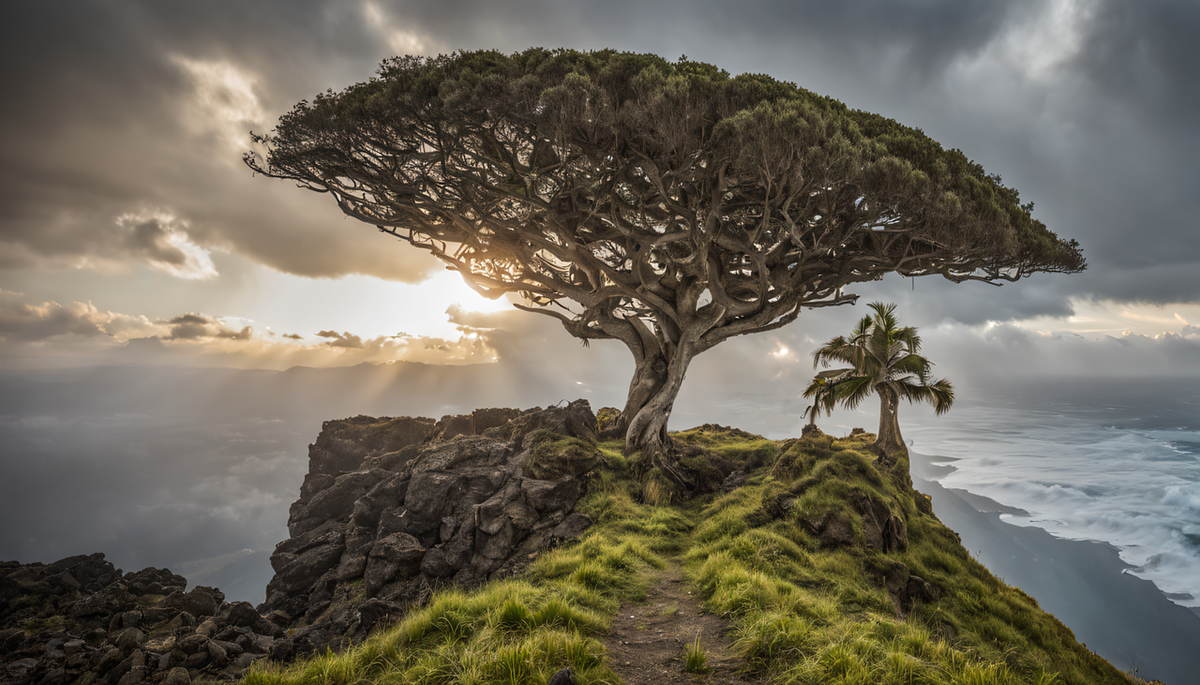Socotra Island: A Different Face of Yemen – a Hidden Gem in the Indian Ocean

Sponsored content
Socotra Island is one of the most enchanting and mysterious places on Earth. Located in the heart of the Indian Ocean, far from the hustle and bustle of daily life, the island is a sanctuary of unique natural beauty. Its diverse landscapes include soft sandy beaches with crystal-clear waters, towering green-clad mountains, and unique forests home to rare trees like the iconic Dragon’s Blood Tree, which appears almost alive with its striking shape. With its pristine environment, fresh air, and turquoise waters, Socotra stands as one of the world’s most breathtaking natural destinations.
Global Recognition for Socotra’s Unique Beauty
Recently, Socotra has gained recognition as one of the most underrated island destinations, earning praise from users on the popular discussion platform Reddit. A traveler described the island as “a place from another world,” highlighting its unique flora and fauna, including the extraordinary Dragon’s Blood Tree, which is found nowhere else on Earth. Socotra’s pristine white-sand beaches and mesmerizing turquoise waters make it an ideal destination for nature lovers and adventure seekers.
In late January, a Reddit user posed a question about “the most underrated island travel destinations,” and Socotra topped the list. The report emphasized that this isolated island in the Indian Ocean is a hidden paradise, home to the Dracaena cinnabari, also known as the Socotra Dragon Tree. According to legend, the tree originated when a dragon was slain on the island, spilling its blood onto the earth and creating the iconic red resin for which it is famous. Today, the Dragon’s Blood Tree has become a symbol of Socotra and its unique plant life.
Years of Isolation and Neglect
Despite its breathtaking beauty, Socotra has suffered from long periods of isolation and neglect. For decades, the island lacked basic infrastructure, healthcare, and education services, leaving its residents struggling despite the island’s rich natural resources.
In a significant move toward development, Socotra was officially designated as an independent governorate in 2013. This decision aimed to prioritize its development and recognize its strategic and economic importance.
The Impact of War on Socotra
However, the optimism following this decision was short-lived. Since the Houthi coup in 2014 and the ongoing conflict in Yemen, Socotra has faced severe setbacks in essential services. Healthcare deteriorated, infrastructure projects stalled, and government employees went months without salaries. Due to its remote location, the island faced additional challenges in securing supplies and resources, making life even more difficult for its inhabitants.
Overcoming Challenges and Moving Towards Development
Despite these hardships, Socotra has managed to rise above many of the war’s effects thanks to its relative security and support from the Arab Coalition. Humanitarian aid and development projects have significantly improved local services, including the rehabilitation of the power grid, road restoration, and the construction of hospitals. These efforts have also boosted tourism, providing new economic opportunities for the local population.
In 2015 and 2016, the island was hit by two devastating cyclones, Chapala and Megh, which destroyed its already fragile infrastructure and cut it off from the world. With the Yemeni government preoccupied with the ongoing war, the United Arab Emirates stepped in to provide urgent humanitarian assistance, including food, medicine, and other essential supplies. This marked the beginning of the largest development campaign in Socotra’s history, which extended to the neighboring Yemeni islands.
Today, Socotra is no longer an isolated land but a globally recognized tourist destination attracting visitors from around the world who seek to explore its unique natural wonders and cultural heritage.
The Socotri Language: A Cultural Treasure Reclaimed
Alongside economic and tourism development, efforts have been increasing to preserve the Socotri language, a key part of the island’s identity. On March 3rd, the people of Socotra celebrated “Socotri Language Day”, honoring this ancient language that has carried the island’s culture and history through generations.
Socotri is a modern South Semitic language spoken by the island’s inhabitants. Primarily oral, it lacks a traditional writing system and is considered endangered as Arabic becomes more dominant among younger generations. Over the centuries, the language has been influenced by Arabic and East African languages, with distinct dialectal variations reflecting the island’s diverse geography. Efforts are now underway to document and preserve Socotri, including recording oral traditions and conducting linguistic studies, as it remains a vital part of Socotra’s cultural heritage.
Socotra’s Strategic Position Amid Political and Military Conflicts
Politically and militarily, Socotra remains under the control of Yemen’s internationally recognized government. While it has been spared direct involvement in the ongoing war, the conflict has significantly impacted the island in various ways. However, due to its geographical distance from the war zones and its relative security, Socotra has become a favored tourist destination, especially for visitors from Europe and Australia.
Ironically, Socotra now enjoys a level of public services—such as electricity, water, and roads—that it lacked before the war. This progress is largely attributed to humanitarian efforts led by the UAE, which launched a comprehensive development campaign on the island. Even after withdrawing its military presence in 2019 as part of a strategic repositioning within the Arab Coalition, the UAE continued to support the island through reconstruction projects and humanitarian aid.
As Socotra enters a new chapter, it is experiencing a renaissance, emerging as one of the most sought-after destinations for travelers seeking untouched natural beauty and cultural richness.
Disclaimer: the author(s) of the sponsored article(s) are solely responsible for any opinions expressed or offers made. These opinions do not necessarily reflect the official position of Daily News Hungary, and the editorial staff cannot be held responsible for their veracity.







